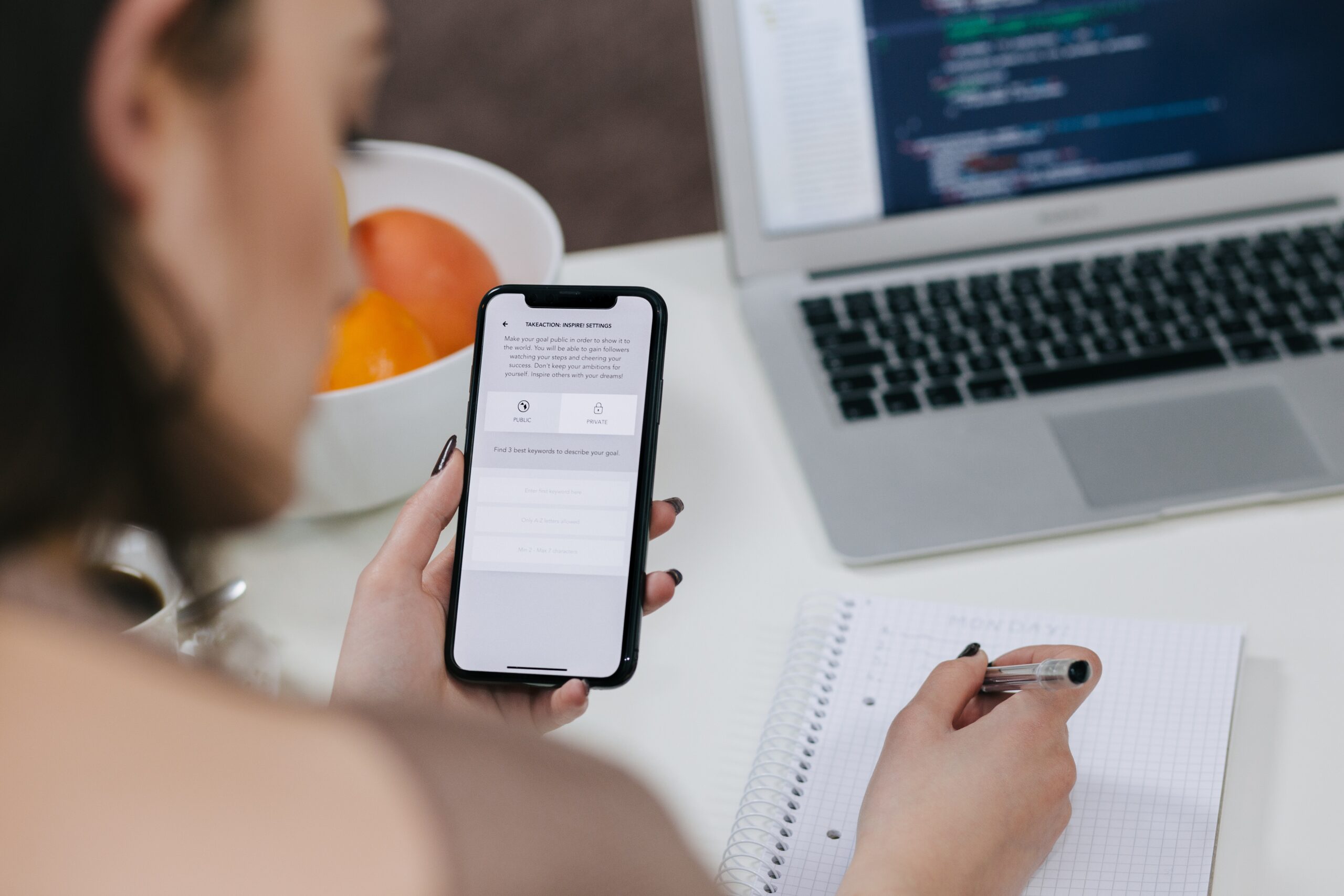An investment in a modern remote education platform is, without a doubt, an investment with a potentially high rate of return. However, in order for such a scenario to have a chance to unfold, it is necessary to use the platform properly and to supplement it with training materials which, on the one hand, will allow the company to achieve its training goals, and, on the other, will be attractive to employees. What to remember when creating courses for a remote education platform? What types of files can be imported into an LMS?
In this article you will learn:
1) What makes training materials attractive?
2) What file formats are supported by remote education platforms?
3) What types of files does LMS from Samelane support?
LMS – an effective training platform
An analysis of the training needs in a company is always, or at least should be, the starting point for considering investment in an effective LMS platform, which will allow for the effective and largely automated implementation of training policies. It should be noted, however, that even choosing the optimal remote education platform does not guarantee success. Why? LMS is only a tool facilitating the implementation of training programs in the company and presenting them to employees in a more or less attractive form.
Therefore, the key factors here are as follows: to what extent will we use the opportunities offered by the LMS; and what training materials will we supplement it with? On the one hand, properly prepared training courses will allow the company to achieve the assumed training goal (i.e. provide employees with specific knowledge, prepare them for work in particular positions, or equip them with additional competences), and on the other hand, they will remain attractive to the employee – which will directly translate into their level of commitment.
Unfortunately, focusing only on business goals and almost completely ignoring issues related to training effectiveness is a very common mistake. Meanwhile, thoughtful juggling of different training formats, personalizing learning paths, and adapting the length of training to the time requirements of different groups of employees are essential success factors.
„Our future growth relies on competitiveness and innovation, skills and productivity… and these in turn rely on the education of our people”
– Julia Gillard –
When creating any new training course, 4 basic elements should be taken into account:
Business goal
Each training session should lead to the achievement of a specific goal (i.e. transferring new knowledge / competences to the employee). This goal should be clear and understandable not only for the course creator – which is obvious – but also for the course recipients. They have to know what the purpose of the course is; what its scope is; and what they should do to successfully complete it.
Content layer
Proper content of a training course is one of the conditions for achieving business goals. Therefore, it is reasonable to use the help of experts and to remember to adapt the method of communication to the end user. Using the knowledge and experience of company experts is an opportunity to create valuable training courses and, at the same time, helps promote knowledge sharing in the company.
Technical layer
The form of providing training materials has a large impact on the reception of knowledge, and, consequently, the level of employee involvement. Modern LMS platforms offer the possibility of using not only text files, but also audio, video, quizzes, tests or even elements of augmented reality. It is worth reaching for such solutions and thus making the message more attractive.
Evaluation
Making the training available on an e-learning platform does not constitute the end of the process. Quite the contrary! By monitoring its effectiveness and analyzing feedback, the training should be systematically improved, modified and updated.

File types you can import into an LMS platform
Although it is hard to believe, the foundations for remote education platforms known today were laid as early as in the 1980s. They did not use the Internet at that time because it was not so common and generally available at the time, but they took the form of computer programs, and thus allowed organizations to train employees in relatively cheap and quick ways.
Who used such solutions? First of all, large corporations with thousands of employees, as well as various educational institutions. However, although the new form of training worked very well, a significant problem with sharing such training was quickly noticed due to the incompatibility between them. This is how the idea of developing a universal AICC technical standard was born, which was the first solution to support communication between an LMS system and course content.
It was established in 1988 by the initiative of several major aircraft manufacturers, including Airbus and Boeing, who were looking for an effective way to reduce the cost of employee training. The initiative was called AICC (Aviation Industry CBT Committee, where CBT stands for computer-based training). It developed a set of guidelines for computerized training systems which made courses interchangeable and compatible with many different systems.
Although more than 30 years have passed since the introduction of the AICC standard, the issue of compatibility plays an extremely important role to this day. It should be remembered especially at the stage of selecting a remote education platform for a company. The most effective learning management systems allow users to import a wide variety of file formats and types, including:
AICC
The technical standard that started it all. Although it is already dead, you can still come across training materials which are based on it. Moreover, there is no indication that this will change in the coming years. It is secure and flexible to implement, but does not track progress and has many other imperfections which newer standards effectively eliminated. It is worth reaching for it only when there is no better alternative.
SCORM
A standard which was to replace AICC, eliminate its flaws and make remote learning more cost-effective. The work on it began in 1998 and subsequent versions were published in the following years. The last version of SCORM (Sharable Content Object Reference Model) was released in 2009 and there are no further editions planned at present.
Despite the passage of years and many different releases, to this day SCORM 1.2 (released in 2001) is the most popular e-learning standard in the world. Even SCORM 2004 did not change this fact, even though it got 4 editions and managed to address many imperfections of SCORM 1.2.
What is the fate of the SCORM standard? Probably the same as AICC, because it is not adapted to operate offline and does not work well with mobile devices, are beginning to play an increasingly significant role in the process of competency development.
TinCan (xAPI)
In 2008, an entity operating under the name Learning Education Training Systems Interoperability (LETSI) began work on a new standard, which was to be a response to the changing needs of the world of remote education. The aim was, among other things, to eliminate some security gaps and the dependence on a permanent internet connection, as well as to enable use on mobile devices and tracking learning progress.
The standard was released in 2013, while in 2016 its final and complete version appeared on the market. It is known as the Experience API or its shortened version xAPI. There is also its alternative name – TinCan. Despite its advancement – as of today it is the most advanced e-learning standard – it has not yet gained as much popularity as its predecessor. However, chances are good that this will change in the future.
Cmi5
It is not a technical standard itself, but a complementary specification which shows the modules from xAPI should be packed to facilitate their transfer to an LMS. It also presents the correct way to describe the structure of course files and how the course initiates communication with an LMS.
Audio / Video files
Apart from many different e-learning standards, an LMS should also allow the import of audio and video files, which can diversify training materials, improve their attractiveness, and convey complex content more effectively. This includes files from external websites (e.g. YouTube), corporate Intranet or SharePoint, as well as other files and recordings saved in many different formats.
Others
In each company there are many different documents, presentations, instructions, procedures, specifications, etc. They are saved in various forms – HTML5, PDF, PowerPoint, Word, Excel, and so on. Any learning management system should allow for their import, and this functionality is worth verifying at the stage of choosing the optimal platform.
Formats supported by Samelane LMS
As a next-generation platform powered by artificial intelligence and augmented reality, LMS Samelane has a lot to offer in terms of integration with various standards and file types. They will include two leading e-learning standards: SCORM and TinCan (xAPI), as well as Video, Video360 and Audio, HTML5, PowerPoint, PDF or Quizzes. In other words, Samelane offers everything necessary to build effective and user-friendly ILT courses (Instructor-Led Trainings) and on-line courses.
Get the product demo or request trial and see all its functionalities for yourself.










